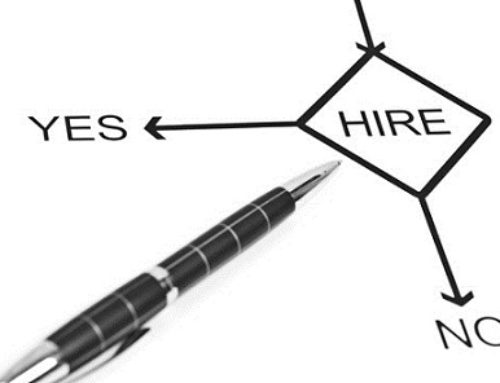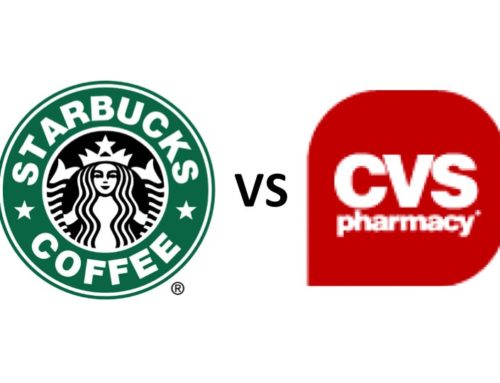Google IoT strategy revealed by buying Nest
Google buys into IoT by paying $3.2B for a hardware (industrial) startup called Nest who has sold just over $250 million of its cool looking thermostat since its launch in November 2011.
These are crazy numbers!!
See below for our perspective on why every consumer durables company should be developing a strategy around IoT — the Internet of Things
Q: How much did Google pay?
A: Probably between 3-6x future revenues for an industrial company.
—————————————–
Q: Why on earth would Google pay that much?
- Google spends stupid money and shuts down acquisition failures all the time. This is just going to be another one.
- Google needed Nest’s team because their thermostat project was going nowhere
- Google played an end-around Apple, who has been carrying the Nest in their stores
- Google has its eye on something much bigger than just thermostats
- Google had to outbid a term sheet that put Nest’s valuation at $2 billion
A: 2,3,4,5
Google is focusing on deep infrastructure across the planet. They have been investing in groundbreaking, gamechanging and hugely disruptive technologies that will change the behavior of consumers, not just make their lives a little easier.
Examples include:
- driverless cars frees up over 45 minutes to an hour of productive time for hundreds of millions of workers all over the world
- intelligent eye-glasses potentially change the nature of human interaction and human perception of reality
- high altitude balloons circling the earth delivering high bandwith to remote and rural areas of the world that do not have internet access.
- reverse aging
- test tube burgers
- home automation
—————————————–
Q: So why did Google buy Nest in particular
A: Energy and Home Automation
Google wants to be at the center of the energy grid collecting tons of data on energy usage. No better place to start than at the point of consumer consumption whose data can be collected in exchange for improvements in usability and potential cost savings.Home automation is the second leg of this purchase. By picking off the most obvious of home instruments, the thermostat, Google gets a great baseline to build on top of. With a world class set of engineers, we can see Google layering many other home appliances into their grid.
—————————————–
Q: What does this mean for Consumer Durable Goods Companies?
A: Big opportunity and big trouble — must be digitally great
Big Opportunity for companies who seize the opportunity to innovate with their customers, providing easy to use products that provide feedback loops that are meaningful and change behavior.Big Trouble if:
- “Digital” is defined only as a new website. Digital means user experience. Nest has demonstrated that industrial products can be digitally sophisticated yet easy to use.
- Products must setup easily. Durable goods products cannot require a degree in electrical engineering to decipher manuals and implement these new devices.
- Products must work to expectation. The Jawbone Up is a great example of not living up to its promise. It measures steps for calories spend but can’t track the calorie spend from doing cross-fit or yoga. It’s supposed to track your sleep, but if you fidget a lot, even as a deep sleeper, it does not register your sleep accurately.
Consumer Durables Next Steps
Companies will have to think outside the box, experiment and build out their user experience and expertise in mobile and networking.





